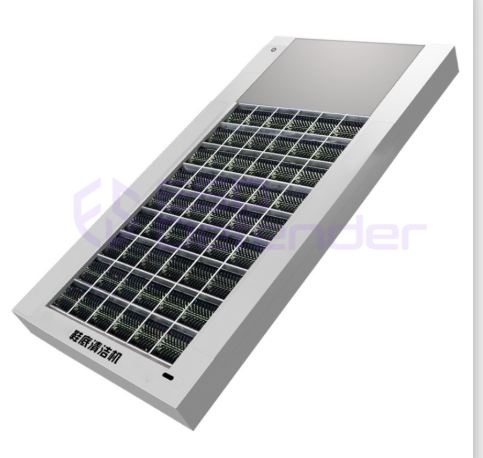In critical environments such as precision electronics manufacturing, semiconductor cleanrooms, aerospace component assembly, or medical device production, the invisible threat of electrostatic discharge (ESD) looms large. A fleeting spark, carrying thousands of volts generated by simple friction or movement, can catastrophically damage sensitive microchips, degrade component performance, or cause latent failures in finished products. The ESD mat, strategically deployed across work surfaces, functions as the frontline defense in this battle, meticulously controlling and neutralizing static charges to create a safe operational zone.
Its effectiveness is rooted in sophisticated material engineering. The working surface typically features a thin, durable conductive layer, often composed of carbon-impregnated vinyl, thermoplastic elastomers (TPE), or specialized conductive laminates. Crucially, this layer is engineered to possess a surface resistivity precisely calibrated within the range of 10⁶ to 10⁹ ohms per square (Ω/sq). This “dissipative” range is the cornerstone of its function: it is conductive enough to safely bleed off static charges, yet resistive enough to prevent sudden, damaging discharges that occur with highly conductive materials like metal. When an operator places a circuit board, handles a tool, or rests their forearm on the mat, any triboelectric (friction-induced) charges generated are instantaneously captured by this conductive surface layer, preventing dangerous accumulation.
Beneath this surface lies the core of the mat, typically made of a bulk dissipative material like static-dissipative vinyl, conductive rubber, or polyurethane foam. This layer exhibits a slightly higher volume resistivity (often 10⁸ to 10¹⁰ ohm-cm) compared to the surface. This creates a controlled “resistance gradient.” Charges collected on the surface migrate steadily through this bulk material, their energy dissipated as harmless heat. This deliberate slowing down of charge movement is vital, preventing rapid surges that could still pose a risk to sensitive devices. Ultimately, this controlled flow of electrons is directed through a robust, dedicated grounding cord, usually featuring a sturdy snap connector and often a 1-megohm current-limiting resistor for added safety. This cord provides the low-impedance path to earth ground (true zero volts), effectively draining the charges away from the work surface.
The ESD mat, however, is rarely a standalone solution; it is the central hub of a comprehensive Electrostatic Protected Area (EPA) grounding system. Its effectiveness is maximized when integrated with:
- Operator Grounding: Wrist straps securely connect the technician’s skin to the mat surface, grounding their body potential. Conductive footwear and ESD flooring complete the path to ground from the operator.
- Equipment Grounding: Soldering irons, test equipment, and other tools are also connected to the common ground point via the mat or separate grounding points, ensuring all potentials are equalized.
- Environmental Control: Maintaining relative humidity between 40% and 60% is critical. Moisture in the air acts as a natural conductor, significantly reducing the generation of static charges on surfaces and personnel. Sophisticated EPAs employ humidification systems and continuous monitoring.
- Proper Installation & Maintenance: The mat must lie flat and make continuous contact with the workbench. Grounding points must be regularly tested (often using a surface resistance meter) to ensure continuity (less than 1.0 x 10⁹ Ω to ground point). Regular cleaning with approved ESD cleaners prevents insulating contaminants from building up.
Therefore, the ESD mat is far more than a simple table covering. It is an engineered component designed with precise electrical properties. Working synergistically within a holistic EPA system – encompassing operator grounding, equipment grounding, and environmental controls – it establishes a reliable “Capture-Dissipate-Ground” mechanism. This multi-layered defense system rigorously controls surface potential, creating the stable, near-zero volt environment essential for safely handling today’s increasingly static-sensitive electronic components and assemblies. By neutralizing the invisible threat, the ESD mat safeguards product integrity, enhances manufacturing yield, and ensures reliability in mission-critical applications.
